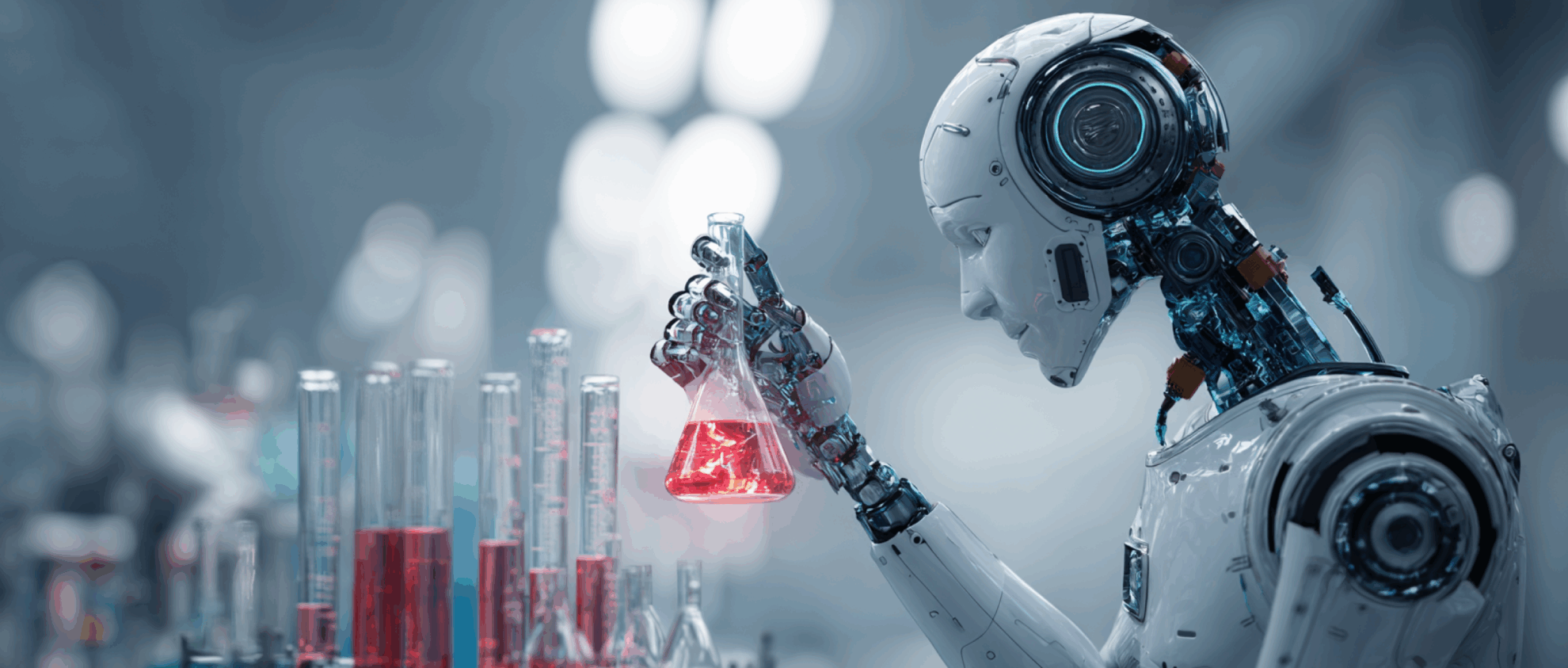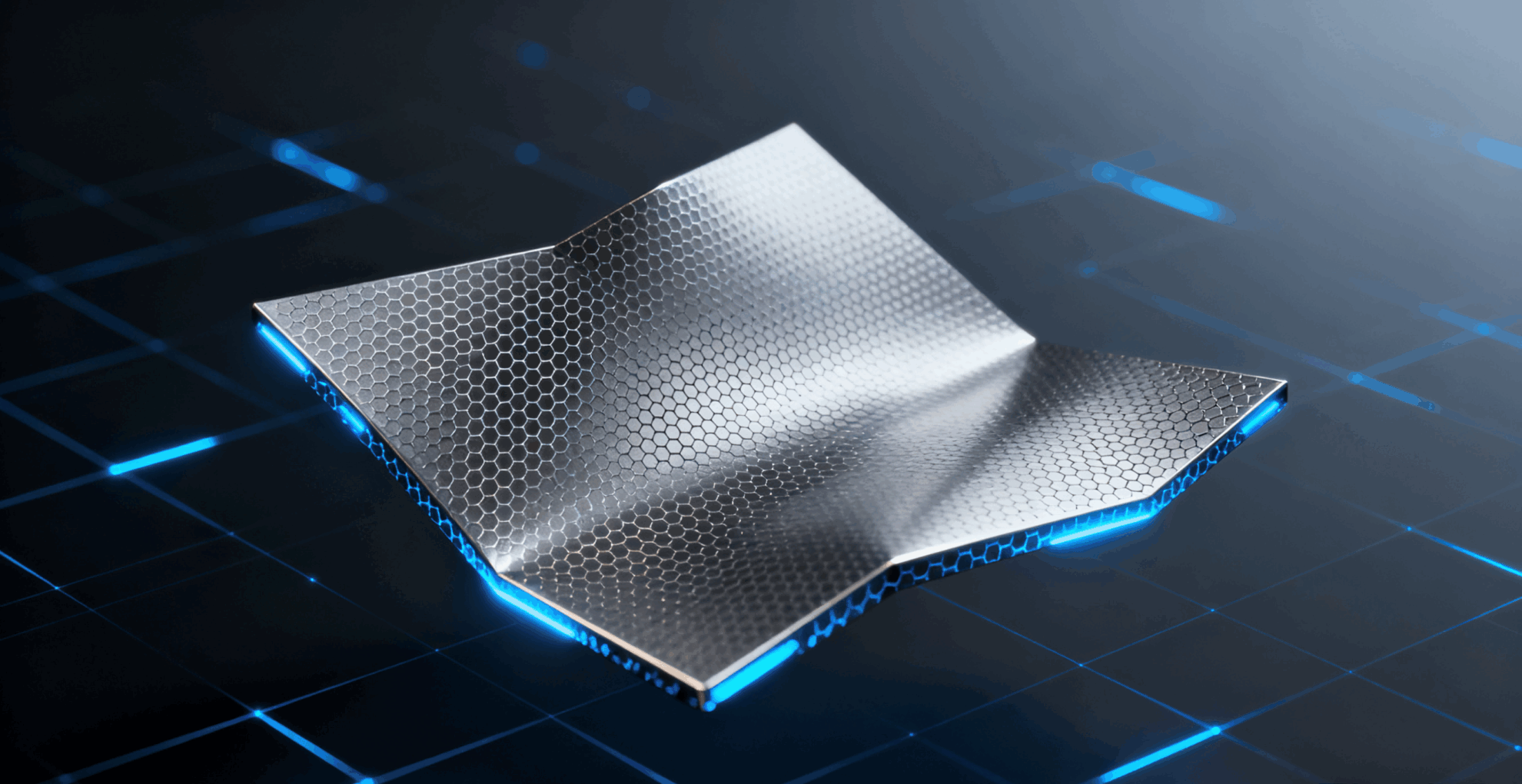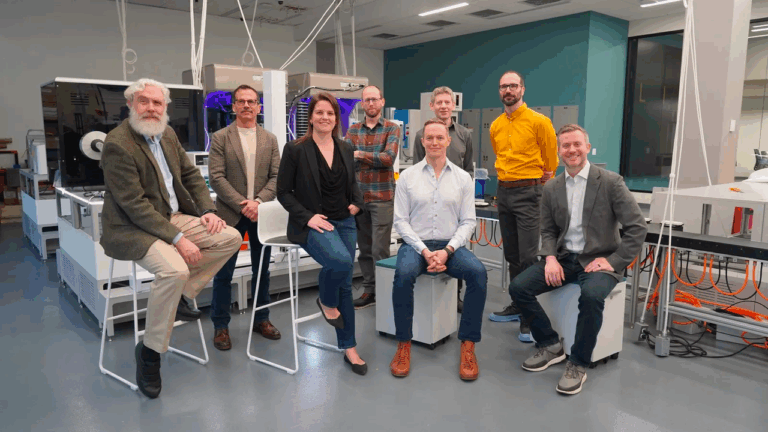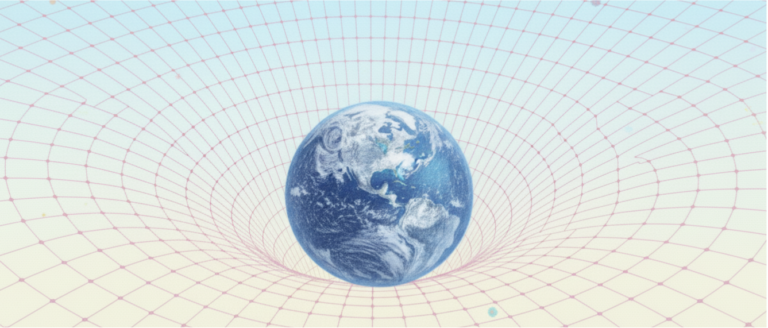Command Palette
Search for a command to run...
When Artificial Intelligence Meets Agriculture, Farmers No Longer Have to Work Hard to Earn Every Grain of Rice

In agricultural production, the use of AI technologies such as machine learning, computer vision, and mixed reality to create intelligent agriculture can bring traditional agricultural production to a more efficient way.Keywords: AI Agriculture, Mixed Reality, Computer Vision
After Qingming Festival, Grain Rain is approaching and various places have entered the spring planting season.
China's farming culture has a long history. Since the Neolithic Age, it has had a relatively mature farming culture. It is also the earliest country in the world to grow millet and rice.
As a major agricultural country, my country has always put agriculture first. At this year's two sessions, "agriculture, rural areas and farmers" were still the focus of discussion. Although agricultural civilization dates back nearly 8,000 years, the use of mechanized agricultural machinery in production only began to develop gradually around the founding of the People's Republic of China. For a long time, Chinese farmers have been "Eat according to the weather".
In the past few decades, with the rapid development of technology and agricultural science, the quality and efficiency of all aspects of agriculture have been improved in a more scientific way, feeding more than six billion people.
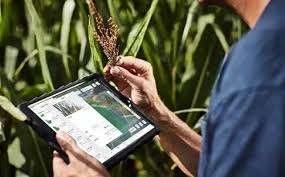
Nowadays, artificial intelligence is gradually involved in agricultural production, and this time it will liberate the productivity of farmers. According to a survey, through the innovation of agricultural technology, compared with traditional agriculture, agricultural technology startups use AI innovative technology to reduce the water consumption of crops by 95%, while the output on agricultural land has increased 100 times.
Judging from current developments, AI agriculture seems to have achieved good results.
Simulate harvest before planting
At present, the main means of artificial intelligence intervention in agriculture is to input large amounts of data into statistical models through technologies such as machine learning, which can intelligently monitor and grasp the cultivation and growth of agricultural products, thereby improving production efficiency and product quality, and providing advice and assistance for agricultural production.

Farms can collect a large amount of data about crop health, weather, soil, etc. Using the analytical and predictive capabilities of ML will bring automated intelligent solutions to planting and animal husbandry.
Now a specific simulation technology will gradually be applied to agricultural production, which is Mixed Reality (MR). The real world and the virtual world are mixed together to produce a new visual environment that contains both physical entities and virtual information, and it must be "real-time".

When MR mixed reality is applied to agriculture, its functions are very powerful. In the past, farmers chose the crops they planted based on their experience and promotion in villages and towns. If soybeans didn’t work this year, they would plant tomatoes. If tomatoes didn’t grow, they would plant peppers.
However, old experience is not the most effective solution. Harvest failures may occur due to weather, pests and diseases, and irrigation. The trial and error cost of traditional methods is extremely high.
Now, take 3D mapping technology as an example, it allows data to be converted into a virtual environment. Therefore, it can be used to create planting plans for different crops, and it can also help remote equipment monitoring or control, etc., so that we can measure the growth of a certain crop before planting, and even simulate the final harvest.

Scientists also provide farmers with the opportunity to use MR-enabled "helmets" or "goggles" to observe the status of crops. Using visualization, sensors, VR and other technologies, it helps to achieve real-time monitoring of farms, control facilities, intelligent management, and more.

Of course, this is just the beginning of exploring the potential layering of digital information in the physical world. Using imagination to realize digital simulation can reduce the actual failure rate and explore more potential use cases.
Computer vision, machine learning, and neural networks all come together
There are more and more use cases and applications of AI to improve farm production and efficiency. For example, in the following aspects:
Computer Vision for Automation: Smart agricultural equipment will be equipped with cameras, GPS, and technology to process video data, enabling intelligent decision-making without sending all the data to the cloud. Computer vision systems allow tractors to find their way, detect obstacles, harvest a certain type of crop, etc.
Smart irrigation based on machine learning: People use irrigation equipment to water plants or spray chemicals, more modern irrigation systems use integrated ML technology to distinguish weeds from crops and spray weeds with herbicides. This means less herbicide is used, thus reducing costs and getting safer food.

Neural Networks for Soil Analysis: Through the neural network model, the soil properties are analyzed and the correlation model is established between them and the suitable crop varieties. With the help of non-invasive ground penetrating radar imaging technology, combined with the signals obtained by electromagnetic induction soil sensors, the clay content information of the soil surface is obtained, etc. In this way, the corresponding soil is accurately judged to be suitable for planting crops, and the production efficiency and economic benefits of crops are improved.

Satellite data analysis combined with AI: A startup called Harvesting is able to analyze satellite data and predict corn yields through a proprietary machine learning algorithm that can identify the general condition of the plants.
Technology giants’ path to AI agriculture
Domestic large companies that have mastered resources and technology also started research on AI agriculture last year.They have set an example in the development of AI agriculture.
ET Agricultural Brain, released by Alibaba in June 2018, can solve some agricultural problems. For example, in pig farming, AI uses machine vision cameras and data analysis capabilities to observe the growth data of pigs, thereby achieving the survival of the fittest;
In addition, voiceprint recognition and infrared temperature measurement are brought to pig farms, and AI is used to predict the physical condition of pigs through their body temperature and voice, ultimately improving the sows' birthing capacity and reducing mortality.

In November last year, JD Digits also used AI to assist pig farming. In addition to using AI cameras and data intelligence systems, they also added IoT systems and robot management systems, such as farming inspection robots, feeding robots, etc., and also used "pig face recognition" technology to help manage farms.

In addition to pig farming, AI has also made good progress in crop planting. Alibaba's ET Agricultural Brain has reported on the farming of melons and lettuce. Last December, the Tencent AI lab team used reinforcement learning algorithms to implement the intelligent "cucumber planting" project in the Autonomous Greenhouse Challenge, and finally won the first place in the "AI strategy" event and the second place in the overall score.

The cases of these big technology companies are still in the demonstration and exploration stage, and there may be some way to go before they can be put into large-scale use. This also shows that the development of AI agriculture also faces some challenges.
On the one hand, with the development of traditional agriculture, the amount of data that AI models can analyze and process is limited, and the degree of standardization is very low; on the other hand, the technical equipment for AI agriculture needs to be rebuilt and improved.This is not only a question of algorithm strategy, but also a question of solving engineering problems such as supporting hardware technical support.
However, with the development of society,The potential for profits and gains from smart farming is limitlessSome preliminary application results have been effective, and through the rational use of AI, we will go further and further on the road of intelligent agriculture.

